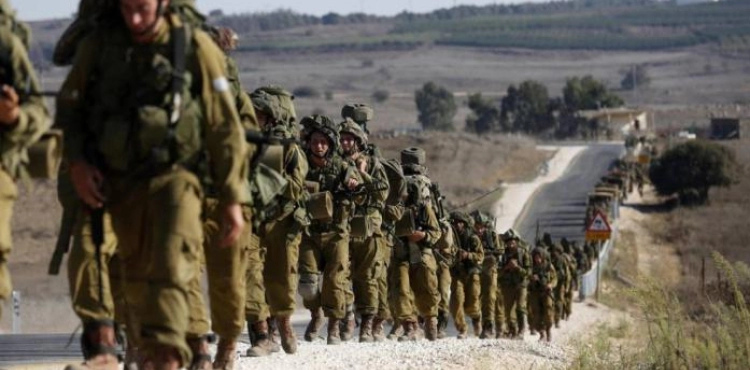The Israeli army announced wednesday evening that it has completed its preparations for a military operation in the Gaza Strip, after conducting the largest military exercises in Ashkelon.
According to the Israeli military spokesman, the army is preparing for a possible major escalation in the south on the Gaza front, so according to the instructions of Chief of Staff Aveve Kochavi since taking office, preparing for an operation in Gaza is the most important in order of security priorities.
The preparations included a major partnership between the military bodies of the General Staff and the Southern Region Command, focusing on increasing the target bank, enabling intelligence and linking it to intelligence field units, and organizing an intensive logistical effort.
The preparation process was carried out on several levels, consisting of planning and combat measures, with the participation of all units that will fight in Gaza, increasing the bank of war targets during the preparation process, and building plans for firing, where a training plan was implemented that simulates the nature of the fighting in Gaza and the capabilities of the "enemy" (i.e. Palestinian factions).
Eight teams, hundreds of reservists, air force and navy personnel participated in the exercises, along with engineering forces. The exercises were described as the largest since Operation Protective Edge,[2014´, carried out in Ashkelon and between residential areas, and included a range of scenarios.
These include Hamas´s attempt to storm Ashkelon with a large number of gunmen, scenarios concerning the evacuation of the wounded from the square, Hamas´s attempt to take control of Kibbutz near the border, or the evacuation of residents during a raid on a neighborhood in the northern Gaza Strip.
The Israeli military hopes that the plan will be flexible and exemplary, that it will be implemented in short periods and that any campaign in Gaza will be carried out in the shortest time and not up to 51 days like the last war. It is preparing for any operation with new and updated weapons, some of which are dedicated to fighting spending.
The army estimates that the construction of the lower and upper wall around the Strip will be completed by mid-2020, not the end of this year, and will be able to detect offensive tunnels. The exercises also focused on the threat of anti-tank missiles, as well as small aircraft that Hamas could use to gather information or carry out attacks. The Air Defense Department remains unhappy with the solution to this threat and considers that it needs further technological development.
An officer from the Gulani Brigade said soldiers were working day and night, in secret and in public, to protect the residents of the Western Negev.
Kochavi, who has closely followed the exercises, said he admires the significant development of the soldiers in recent months, and that the level of readiness for any military campaign in Gaza is very high.
He noted that the current relative calm in Gaza does not mislead the military, and that it will continue to prepare, especially since the Gaza front could erupt at any moment.












